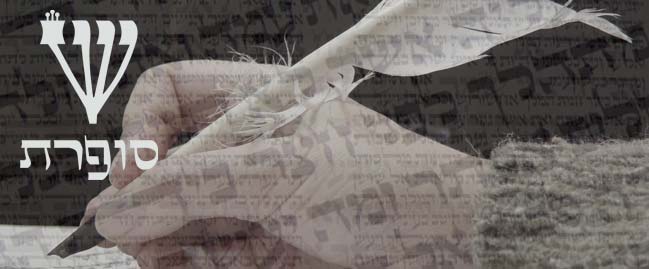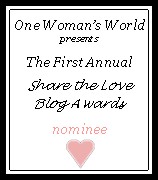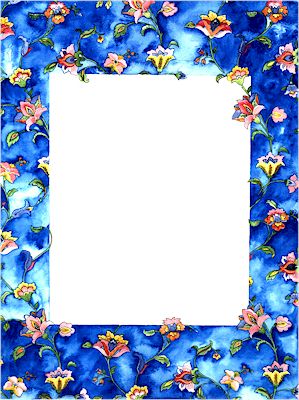THE SEVENTH DAY OF PESACH AND SHABBOS
BS"D
This just in from my Rabbi, Schachar Orenstein:
"On the Seventh Day of Pesach we crossed the Sea of Reeds. The Sfas Emmes teaches that the seventh day of Pesach is like
Shabbos in comparison with the other [six] days of Pesach. For on this day was achieved the purpose of the redemption. On the first day of Pesach we left from being 'the slaves of Pharaoh', to becoming 'the servants of Hashem'. On the seventh day of Pesach we entered the level of being 'banim'- the children of Hashem...."
This is such a touching reminder to me (Aviel) of this night, 6 years ago. I had the unparallelled honour of being present in the birthing room of my very dearest friends, R' David & Michal. She wore a birth dress, a handmade gorgeous blue decorated with crimson tzitzit & gold angel names - a wearable qame'a (amulet), if you like. This garment is passed from woman to woman specifically to be worn during this time of personal & global transition - the welcoming of a new Israelite.
After little Miriam Shefa Netzach was born (not so little now, kena hora) she & her ema rested together as her aba recited qidush right there in the hospital, in his hawai'ian shirt & tzitzit :)
She then had a taste of her first chag, her first sancitified wine, even before she had ever nursed.
Yom Huledet Same'ach, Miriam. May you live to 120!
Shabbat Shalom...chag same'ach














